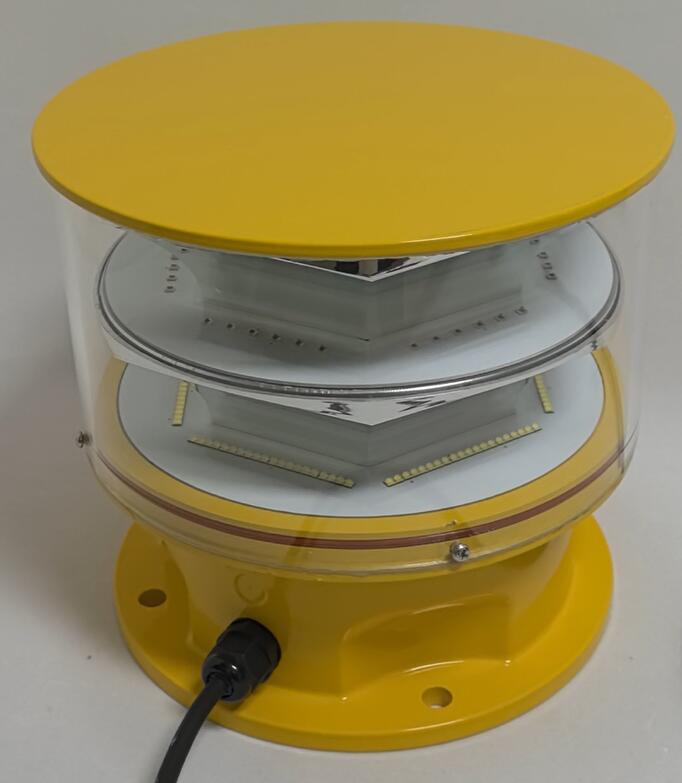
In aviation, safety systems are paramount to ensuring the well-being of passengers, crew, and aircraft. Among these systems, the master warning light plays a crucial role in alerting pilots to potential hazards that require immediate attention. This article explores the significance, function, and advancements of the master warning light in aviation, shedding light on its essential contribution to flight safety.
What is a Master Warning Light in Aviation?
The master warning light in aviation is a highly visible and central component of a cockpit’s alert system. Designed to grab a pilot’s attention instantly, it illuminates when a critical issue arises that demands immediate action. Often accompanied by an auditory alarm, this light ensures that even in high-stress or high-workload situations, a pilot cannot overlook an urgent warning.
How the Master Warning Light Functions
The master warning light is part of an integrated cockpit warning system, which monitors various subsystems of an aircraft. When a critical parameter deviates from its normal range, the warning system activates the light. Here’s how the process works:
Monitoring Sensors
Sensors throughout the aircraft continuously track systems like engine performance, hydraulic pressure, and electrical power.
Signal Processing
Data from these sensors is analyzed in real time by the aircraft’s onboard computer. If a fault or anomaly is detected, it sends a signal to the cockpit warning system.
Alert Activation
The master warning light illuminates, often accompanied by an audible alarm or voice alert, to immediately inform the pilot of the issue.

Follow-Up Action
Pilots reference their aircraft’s Quick Reference Handbook (QRH) or follow standard operating procedures (SOPs) to address the problem.
|
Master Warning Light in Aviation |
ASD5 |
Centralized Placement
Positioned prominently on the cockpit instrument panel, the master warning light is designed for easy visibility, ensuring pilots can quickly identify and respond to alerts.
Color and Intensity
The light is typically red, signifying urgency and danger, with high luminosity to ensure it stands out, even in bright conditions.
Integration with Other Systems
It works in conjunction with other cockpit displays, such as the Electronic Centralized Aircraft Monitor (ECAM) or Engine Indicating and Crew Alerting System (EICAS), providing detailed information about the specific issue.
Auditory Alerts
To reinforce visual cues, the master warning light is often paired with an auditory signal, such as a chime, bell, or synthesized voice alert.
Common Scenarios Triggering the Master Warning Light
The master warning light can illuminate in various critical situations, including:
Engine Malfunctions: Loss of thrust, overheating, or low oil pressure.
Hydraulic Failures: Loss of hydraulic pressure affecting flight controls or landing gear.
Electrical System Issues: Battery failure, generator overload, or circuit faults.
Cabin Pressurization Problems: Sudden decompression or oxygen system failure.
Fire Detection: Indicating the presence of smoke or fire in the engine, cargo hold, or cabin.
Each of these scenarios requires prompt and precise action from the flight crew to mitigate risks.
The Importance of the Master Warning Light in Aviation
The master warning light is a cornerstone of aviation safety for several reasons:
Immediate Attention
In high-stress environments, pilots must prioritize tasks quickly. The master warning light cuts through distractions and ensures critical issues are addressed without delay.
Enhanced Situational Awareness
By providing a clear and unmistakable alert, the master warning light helps pilots maintain a comprehensive understanding of the aircraft’s status.
Standardization Across Aircraft
Its consistent design and functionality across different aircraft types make it an intuitive tool for pilots, regardless of their experience level or specific training.
Advancements in Master Warning Light Systems
Modern aviation has seen significant improvements in warning systems, enhancing the effectiveness of the master warning light:
Integration with Advanced Displays
In newer aircraft, the master warning light is linked to sophisticated systems like ECAM or EICAS, which provide detailed diagnostics and step-by-step troubleshooting guidance.
Smart Alerts
Advanced algorithms now prioritize alerts based on severity, ensuring that the most critical issues are addressed first.
Customizable Alerts
Some systems allow for the customization of auditory cues, helping crews differentiate between various types of warnings more effectively.
Enhanced Reliability
Redundant systems and fail-safe designs ensure that the master warning light functions reliably, even in the event of partial system failures.
Challenges and Limitations
While the master warning light is an indispensable tool, it is not without challenges:
Alert Fatigue
In complex emergencies, pilots may encounter multiple simultaneous alerts, potentially leading to confusion or delayed responses.
False Alarms
Sensor malfunctions or software glitches can occasionally trigger false warnings, causing unnecessary concern or distraction.
Training Dependency
The effectiveness of the master warning light depends on thorough pilot training. Crews must know how to interpret alerts and take appropriate action under pressure.
The Future of the Master Warning Light in Aviation
As aviation technology continues to evolve, the master warning light will likely become even more sophisticated. Potential developments include:
Augmented Reality (AR) Integration
AR technology could project warning information directly onto a pilot’s visor or windshield, enhancing situational awareness and reducing response times.
Machine Learning Applications
AI-driven systems could predict and prioritize alerts based on historical data and real-time conditions, further improving decision-making processes.
Improved Human-Machine Interaction
Future designs may focus on reducing alert fatigue by tailoring warnings to individual pilot preferences or operational contexts.
The master warning light aviation remains a vital safety feature, ensuring that pilots are immediately aware of critical issues. By providing a clear, centralized alert system, it supports rapid decision-making and enhances overall flight safety. As technology advances, the master warning light will continue to evolve, integrating with smarter systems to meet the challenges of modern aviation. Its role in safeguarding lives and aircraft is indispensable, making it a cornerstone of reliable air travel.